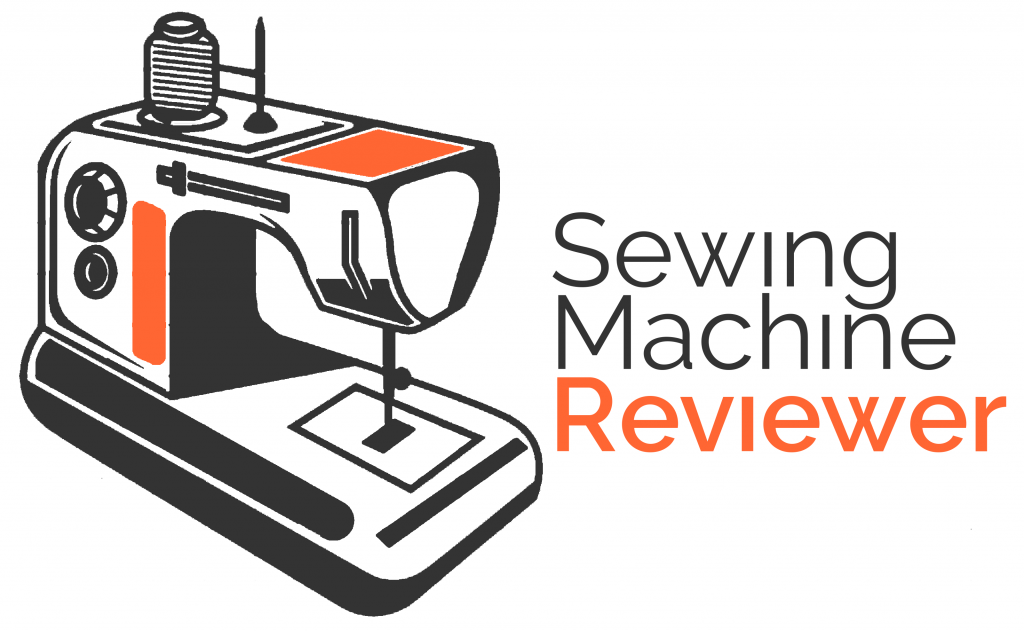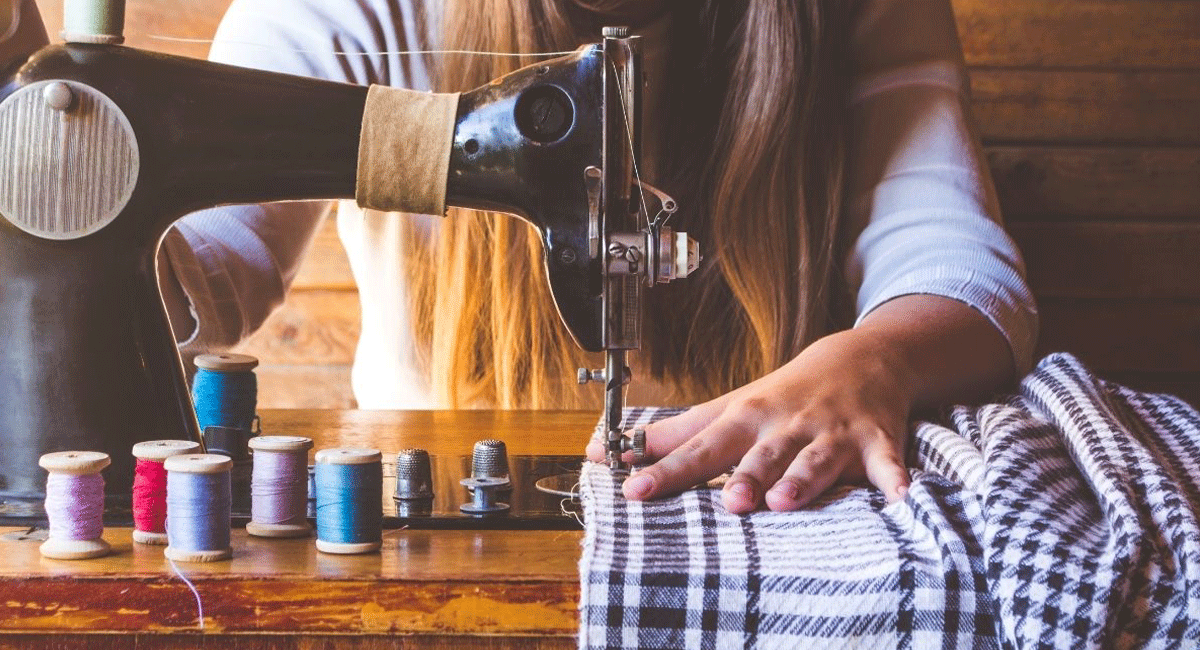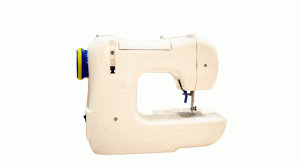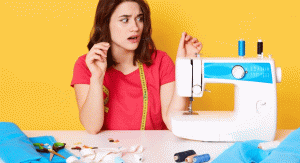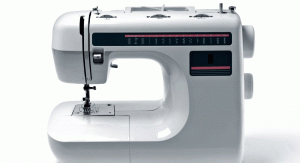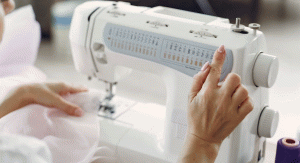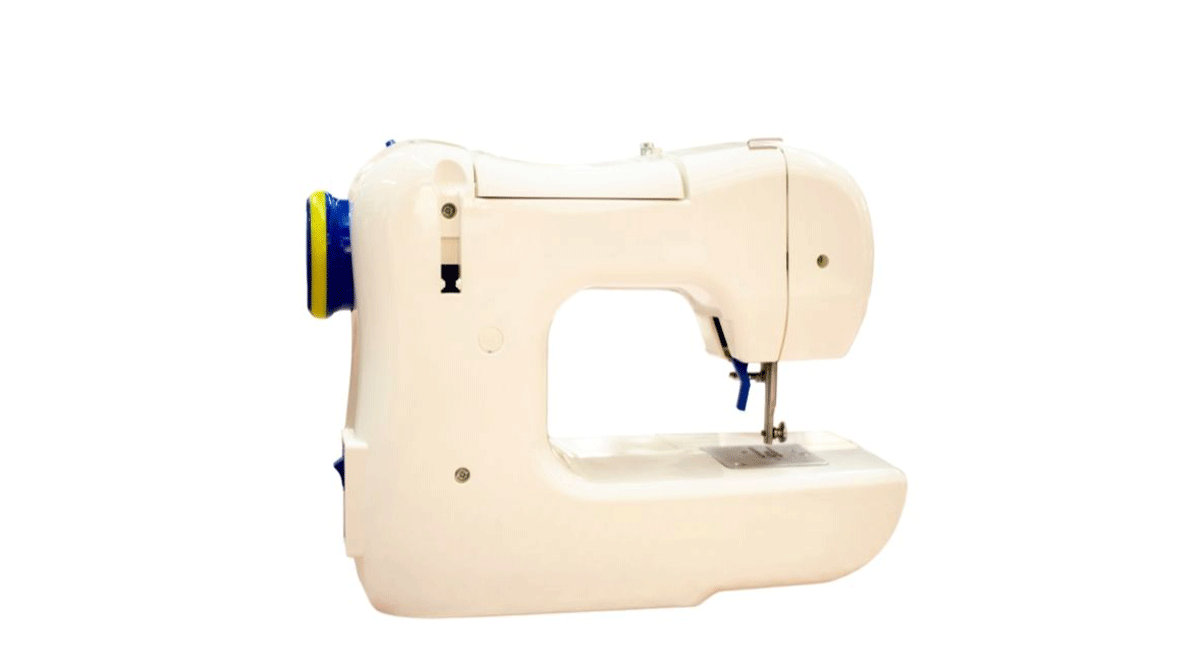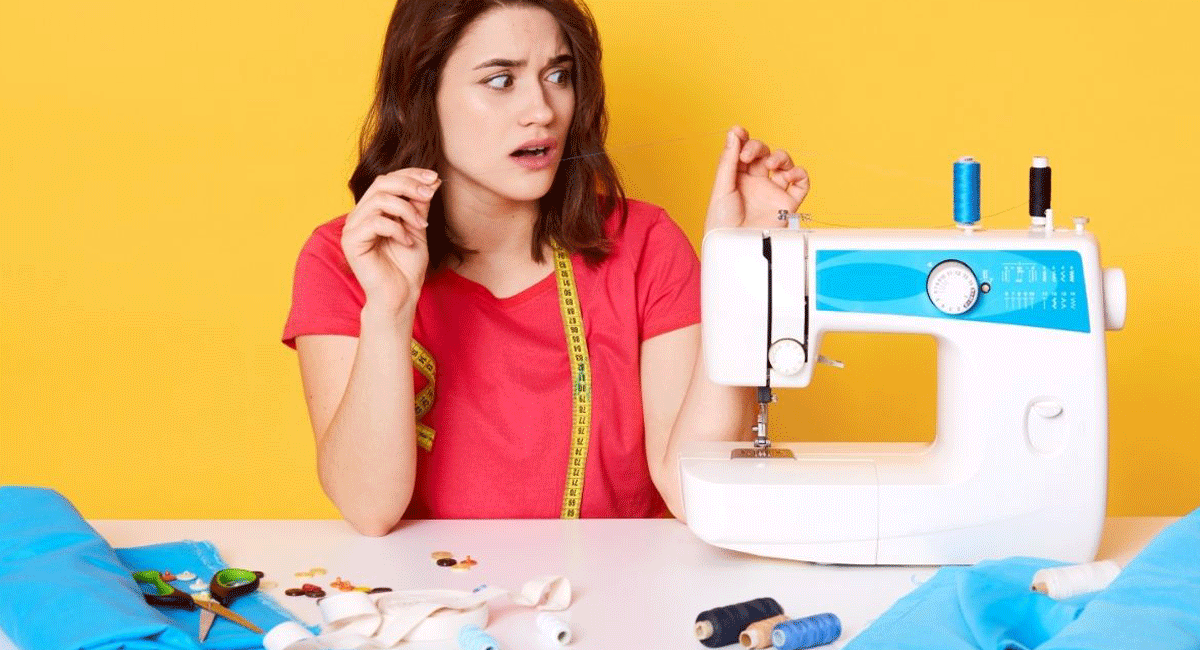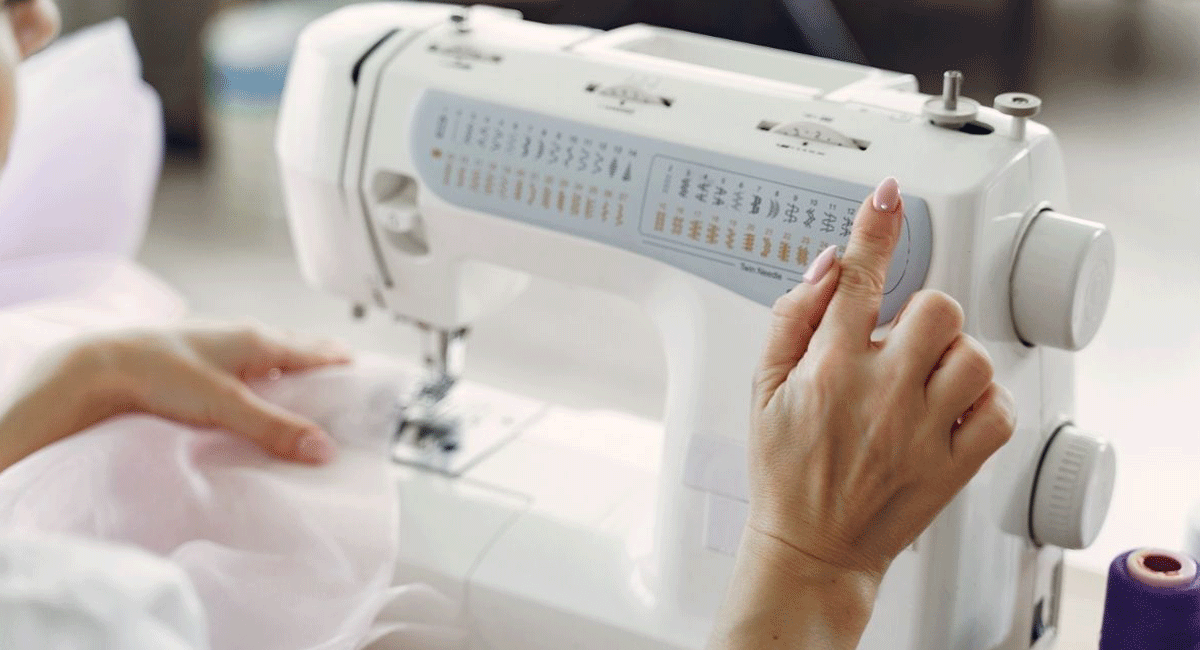A sewing machine is an essential tool for any seamstress, and when you know what to look for in a sewing machine, the selection process becomes more manageable. One type of sewing machine you should consider is the walking foot sewing machine.
Many people don’t know what this sewing machine does, but it’s beneficial in certain situations. For example, a walking foot sewing machine may come in handy when your fabric layers are too thick for the presser foot to push through or when you need to sew thicker fabrics.
Many people wonder, what is a walking foot sewing machine, and when should you use it? This article aims to explain to you everything you need to know.
What Is a Walking Foot Sewing Machine?
A walking foot sewing machine is a type of sewing machine that holds multiple layers of fabric simultaneously. It has an open toe and what looks like tiny feet on its underside, which move up and down while you sew to make sure all your fabrics are being held together tightly without shifting or bunching up.
The walking foot sewing machines also have an extension table for larger pieces of fabric that other types of sewing machines wouldn’t allow. This kind of presser foot exists because it lets stitchers cut out big pattern pieces from heavy materials such as leather or denim (or even canvas).
Then it puts them directly into their machines. This saves you from having to pin and sew multiple layers of fabric together and allows you to simply place them in the sewing machine, which will then seamlessly pass through all those layers.
When Should I Use a Walking Foot?
You can use this presser foot on any type of material or with any project that requires more than one layer of fabric at once – especially when you’re sewing thick materials like canvas. The open toe feature makes it easier for thicker fabrics to be fed into your machine’s feed dogs, so they move quickly while the underside feet keep everything tight and straight.
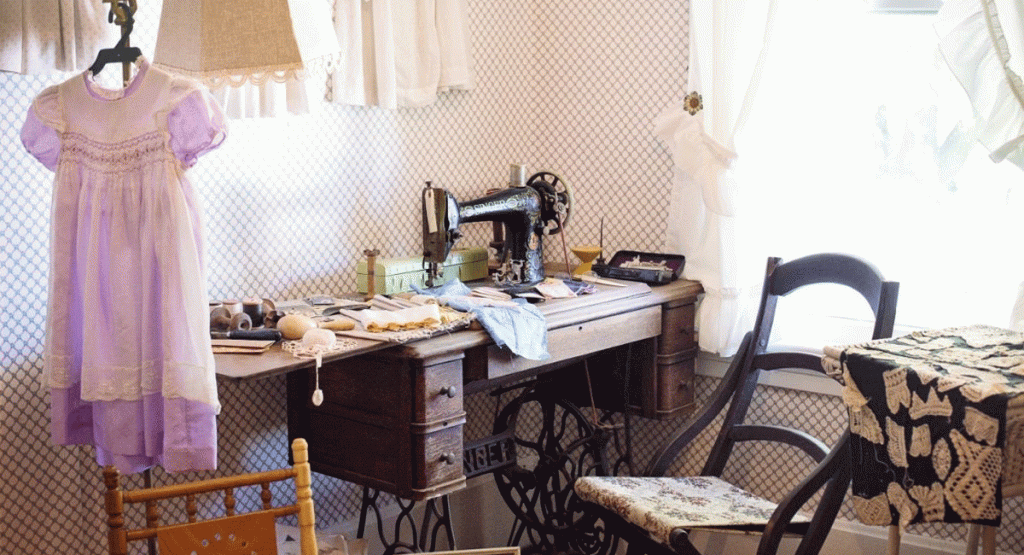
These features allow what would otherwise have been challenging tasks, such as topstitching heavy leather (and even linen), without having to pin first! It’s useful because it makes multiple sewing layers of fabric easier, especially when working with heavy materials.
When Should I Not Use a Walking Foot?
You shouldn’t use this type of presser foot for every project or layer just because it’s what your machine offers. There are some situations where the open toe might get in the way and make everything harder to do than if you didn’t have that open space.
For example, when topstitching two pieces together (as opposed to covering up an existing seam), having that gap along one side makes it hard to sew perfectly straight lines as well as causing more shifting between fabrics while they’re being stitched.
This is why many people prefer what’s known as “sewing machines” for this type of task – they have a closed toe that helps keep fabrics in place and makes it easier to sew evenly.
Open Toe or Classic?
When looking for a walking foot sewing machine, you’ll find two main types: open toe and classic. The open toe presser foot is just what it sounds like – the front side is completely open, so you can see what you’re doing more efficiently, which is excellent when working with thicker fabrics since you need all the visibility possible.
However, because of this feature, the foot isn’t as good at keeping fabrics together as the classic style since nothing is holding them other than gravity. If your project doesn’t require multiple layers or if the fabric isn’t too thick, then an open toe foot will work just fine.
For more demanding projects or when you’re working with many layers, it’s best to go with the classic style since it’ll have more grip on all your fabrics and keep them from shifting while you sew.
Benefits of a Walking Foot Sewing Machine
- Allows you to sew multiple layers of fabric simultaneously: Regular sewing machines can only do one layer at a time, but walking foot sewing machines allow you to sew multiple layers of fabric as a regular machine does. It is also suitable for quilting because it keeps the fabrics in place when they are sewn together.
- Easy to use and old-fashioned: Walking foot sewing machines come with factory settings which make them easy to operate. There are no fancy buttons or confusing attachments.
- Cost-effective: Prices vary according to model and features, so compare different brands before buying these types of sewing machines. If you’re looking for cost-effective sewing machines, then a walking foot is the best.
- Two bottom feed dogs: The regular presser feet have only one dog that feeds fabric through to be sewn, while a walking foot machine has two that push and pull the fabrics in opposite directions, allowing them to move more quickly. This helps when sewing heavy material like leather because they can pass both ways without any trouble. It also prevents puckering or stretching your garment, making it easier to ensure everything fits together just right.
- They’re easier on your hands: Regular presser feet require you to push the fabric down into place to get it under the needle before letting go of them so that they shoot back up again. But, walking foot models make this process easier since most of their mechanisms take care of it all for you automatically!
This makes working with heavy or thick material much less stressful on your hands as well – no more sore joints after half an hour due to muscling everything through! Instead, just let go when there’s a slight gap under the needle, and it will all happen easily.
Conclusion
What is a walking foot sewing machine? In general, it’s a device that makes an excellent investment if you work with heavy fabrics often or if you’re looking for an easier way to quilt. They can be found in most regular household sewing machines, and the prices vary depending on the model.
If you’re looking for something cost-effective, this is the best option. Two bottom feed dogs and mechanisms that feed the fabric through make working with multiple layers much more straightforward – no more puckering or stretching! Just make sure to compare different models before investing in one.
